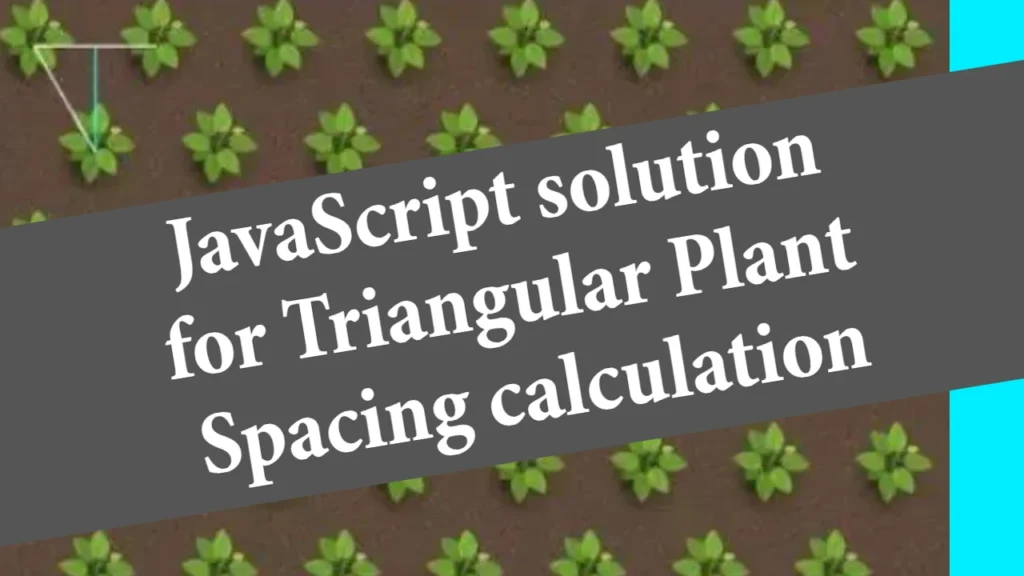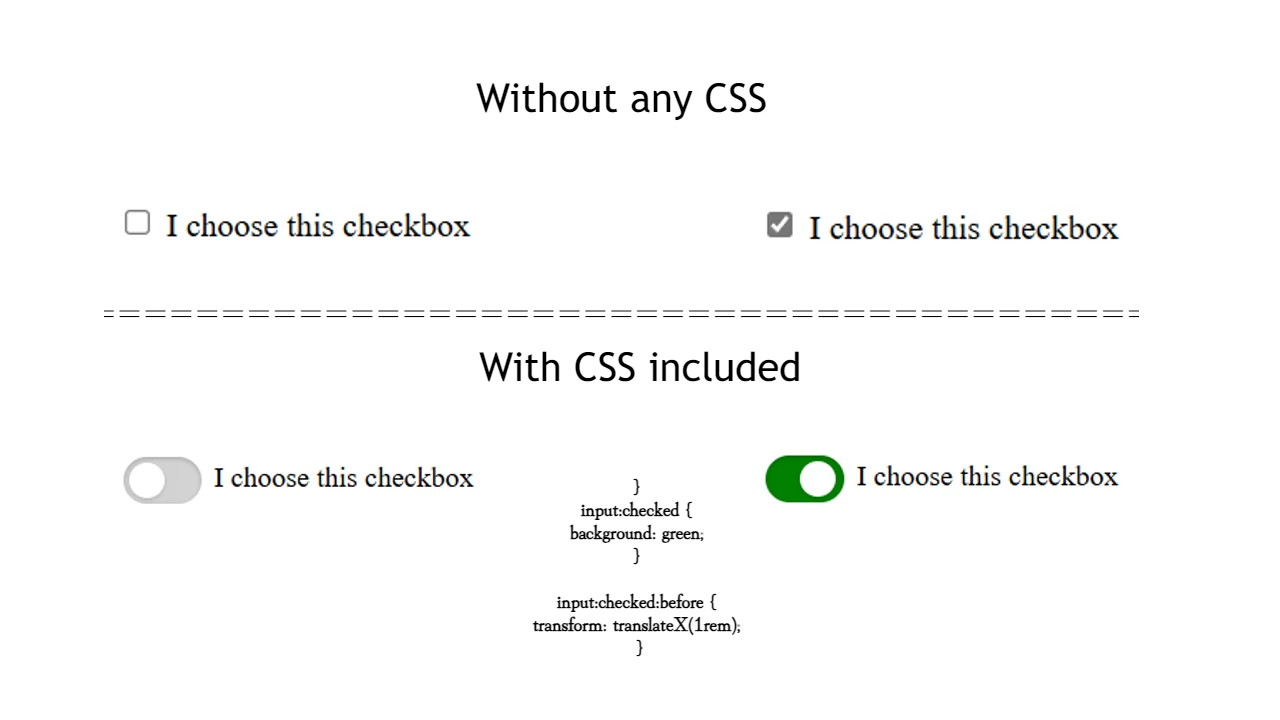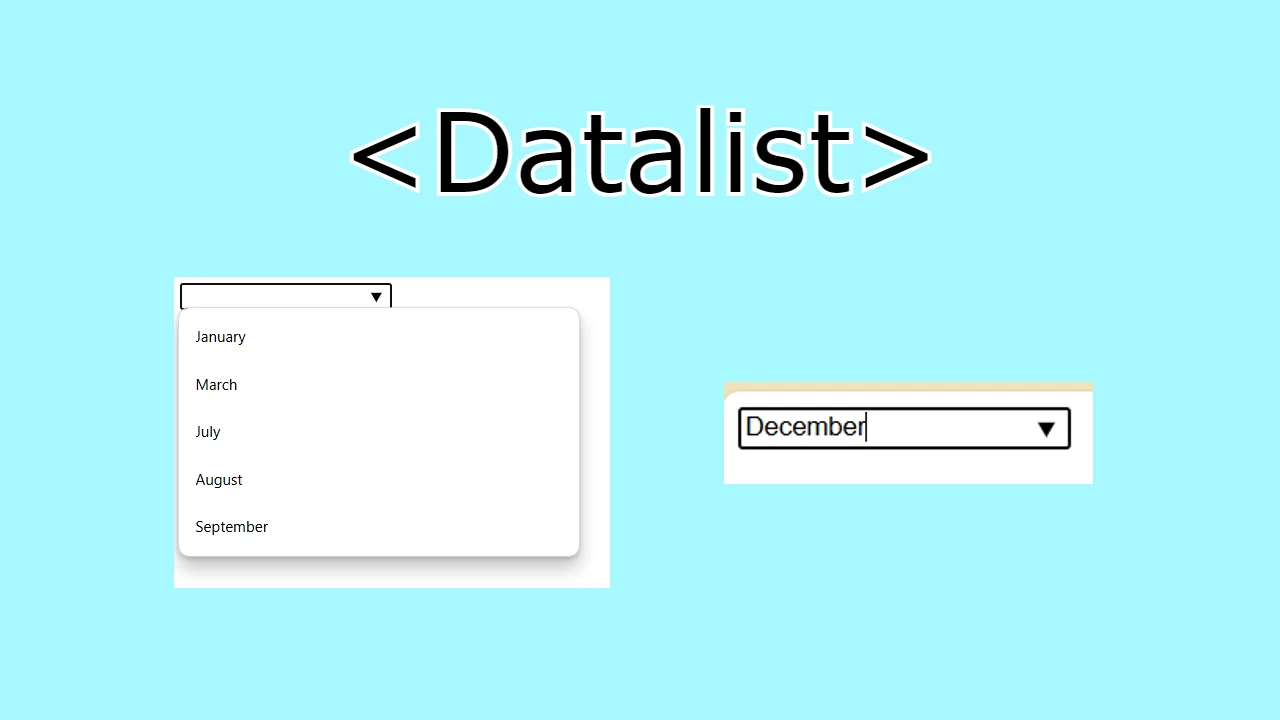One of the most effective methods when maximizing the efficiency and aesthetics of planting layouts is triangular spacing. This method, often utilized in agriculture and gardening, allows for optimal use of space while ensuring that each plant has sufficient room to grow. Triangular spacing is particularly beneficial when planting trees, shrubs, or other large plants that require ample space for their root systems. In this article, we will delve into the theory behind triangular plant spacing, how it compares to other planting patterns, and how you can calculate the number of plants needed for your garden or farm using this method.
The Basics of Plant Spacing
Before we dive into the specifics of triangular spacing, it’s important to understand the general concept of plant spacing. Proper plant spacing ensures that each plant has enough room to grow without competing too much for resources such as sunlight, water, and nutrients. The two most common spacing patterns are square (or rectangular) and triangular.
- Square (Rectangular) Spacing: In this pattern, plants are arranged in rows and columns, forming a grid. This method is straightforward to plan but can be less efficient in terms of space utilization.
- Triangular Spacing: Also known as hexagonal spacing, this pattern arranges plants at the corners of equilateral triangles. Compared to square spacing, this allows for more plants to be placed within a given area, making it a more space-efficient option.
Triangular spacing optimizes space and facilitates better air circulation between plants, reducing the risk of diseases. Additionally, it creates a more aesthetically pleasing arrangement, often seen in ornamental gardens and vineyards.
The Theory Behind Triangular Spacing
Triangular spacing works by placing plants at the corners of equilateral triangles, where each side of the triangle represents the distance between the plants. This arrangement is particularly useful in hexagonal planting systems, which are often used for fruit orchards, vineyards, and other large-scale agricultural setups.
One key advantage of triangular spacing is that it allows for a more uniform distribution of plants, which can lead to better resource utilization. For instance, in a triangular arrangement, each plant has equal access to sunlight from all sides, reducing shading and promoting even growth. The pattern also minimizes soil compaction and erosion by distributing weight more evenly across the ground.
To better understand triangular spacing, consider the following example:
Imagine you have a piece of land that measures 100 feet by 50 feet, and you want to plant trees with a spacing of 6 feet. If you were to use square spacing, you would simply divide the length and width of the land by the spacing distance to determine the number of rows and columns. However, with triangular spacing, the process is a bit more complex, as it involves calculating both the horizontal and diagonal spacing.
Calculating Plant Spacing in a Triangular Pattern
To calculate the number of plants needed for a triangular planting pattern, you must first determine the vertical row spacing. This can be done using the following formula:
Row Spacing=Plant Spacing×0.866\text{Row Spacing} = \text{Plant Spacing} \times 0.866Row Spacing=Plant Spacing×0.866
Here, the plant spacing refers to the distance between adjacent plants in a row, and 0.866 is the cosine of 30 degrees, which accounts for the diagonal offset in the triangular arrangement. This formula gives you the distance between rows in a triangular pattern.
Next, you need to calculate the total number of rows that can fit within the width of your land:
Total Rows=(Width−Plant SpacingRow Spacing)+1\text{Total Rows} = \left(\frac{\text{Width} – \text{Plant Spacing}}{\text{Row Spacing}}\right) + 1Total Rows=(Row SpacingWidth−Plant Spacing)+1
This formula takes into account the initial plant spacing from the edge of the field, ensuring that the first row is placed correctly. The result is rounded down to the nearest whole number, as you cannot have a fraction of a row.
With the total number of rows determined, you can then calculate the number of plants in both odd and even rows:
- Odd Rows: These rows (1, 3, 5, etc.) will have a full complement of plants, with each plant spaced evenly along the row.Plants in Odd Rows=(LengthPlant Spacing)\text{Plants in Odd Rows} = \left(\frac{\text{Length}}{\text{Plant Spacing}}\right)Plants in Odd Rows=(Plant SpacingLength)
- Even Rows: These rows (2, 4, 6, etc.) are offset horizontally by half the plant spacing to fit into the triangular pattern.Plants in Even Rows=(Length−(Plant Spacing×0.5)Plant Spacing)\text{Plants in Even Rows} = \left(\frac{\text{Length} – (\text{Plant Spacing} \times 0.5)}{\text{Plant Spacing}}\right)Plants in Even Rows=(Plant SpacingLength−(Plant Spacing×0.5))
Finally, the total number of plants required for your land can be calculated by summing the products of the number of plants in odd and even rows with the respective number of odd and even rows:
Total Plants=(Plants in Odd Rows×Odd Rows)+(Plants in Even Rows×Even Rows)\text{Total Plants} = (\text{Plants in Odd Rows} \times \text{Odd Rows}) + (\text{Plants in Even Rows} \times \text{Even Rows})Total Plants=(Plants in Odd Rows×Odd Rows)+(Plants in Even Rows×Even Rows)
This calculation gives you the exact number of plants needed to cover your land using a triangular spacing pattern.
Practical Example Using JavaScript
Let’s look at a JavaScript function that performs these calculations to better illustrate how this calculation works in practice. Suppose you have a script that allows users to input the dimensions of their land and the desired plant spacing, and it outputs the total number of plants required.
Here’s a sample JavaScript function that implements the triangular spacing logic:
case 'Triangular':
if (distanceX !== distanceY) {
document.getElementById('result').innerText = 'distanceX and distanceY must be the same!';
return;
}
// Calculate row spacing based on plant spacing
const rowSpacing = distanceX * 0.866; // distanceX and distanceY are equal
// Calculate the total number of rows
const totalRows = Math.floor((width - distanceX) / rowSpacing) + 1;
// Calculate the number of plants in odd and even rows
const plantsOddRow = Math.floor(length / distanceX);
const plantsEvenRow = Math.floor((length - (distanceX * 0.5)) / distanceX);
// Calculate the number of even and odd rows
const evenRows = Math.floor(totalRows / 2);
const oddRows = totalRows - evenRows;
// Calculate the total number of plants
totalTrees = (plantsOddRow * oddRows) + (plantsEvenRow * evenRows);
// Display the result
document.getElementById('result').innerText = `Total number of plants: ${totalTrees}`;
break;This function first checks if the distanceX and distanceY Values must be equal, which is a requirement for triangular spacing. The formula mentioned earlier is then used to calculate the row spacing. The total number of rows, the number of plants in odd and even rows, and the total number of plants are calculated step by step, ensuring that the final count is accurate and rounded down to the nearest whole number.
Why Use Triangular Spacing?
There are several reasons why triangular spacing might be the preferred method for your planting needs:
- Increased Plant Density: Triangular spacing allows for more plants to be placed within a given area compared to square spacing, making it ideal for maximizing yield.
- Better Resource Utilization: Plants arranged in a triangular pattern receive more uniform sunlight, water, and nutrients, leading to healthier and more evenly grown crops.
- Improved Aesthetics: For ornamental gardens, triangular spacing provides a more visually pleasing arrangement, with plants evenly distributed across the landscape.
- Enhanced Air Circulation: The equidistant arrangement of plants in triangular spacing promotes better air circulation, reducing the risk of fungal diseases and other plant health issues.
- Efficient Land Use: In areas with limited space, triangular spacing can help you make the most of your available land, especially in small gardens or urban farming setups.
Final words
Triangular spacing is an efficient and effective method for planting that optimizes space, promotes healthy plant growth, and enhances the visual appeal of your garden or farm. By understanding the theory behind this spacing pattern and using the appropriate calculations, you can ensure that your plants are evenly distributed and have the best possible conditions for growth.
Whether you are a professional farmer looking to maximize crop yield or a home gardener aiming for a beautifully arranged flower bed, triangular spacing offers a practical solution that combines efficiency with aesthetics. With the JavaScript solution provided, you can easily calculate the number of plants required for your specific plot of land, ensuring that your planting project succeeds.




